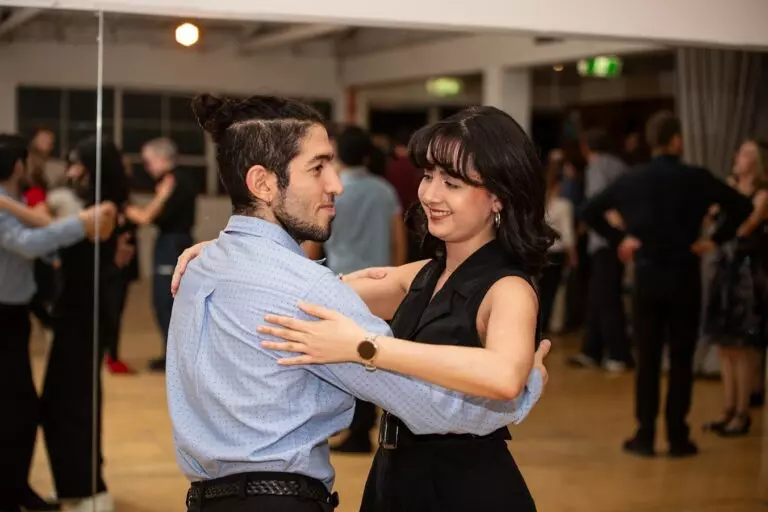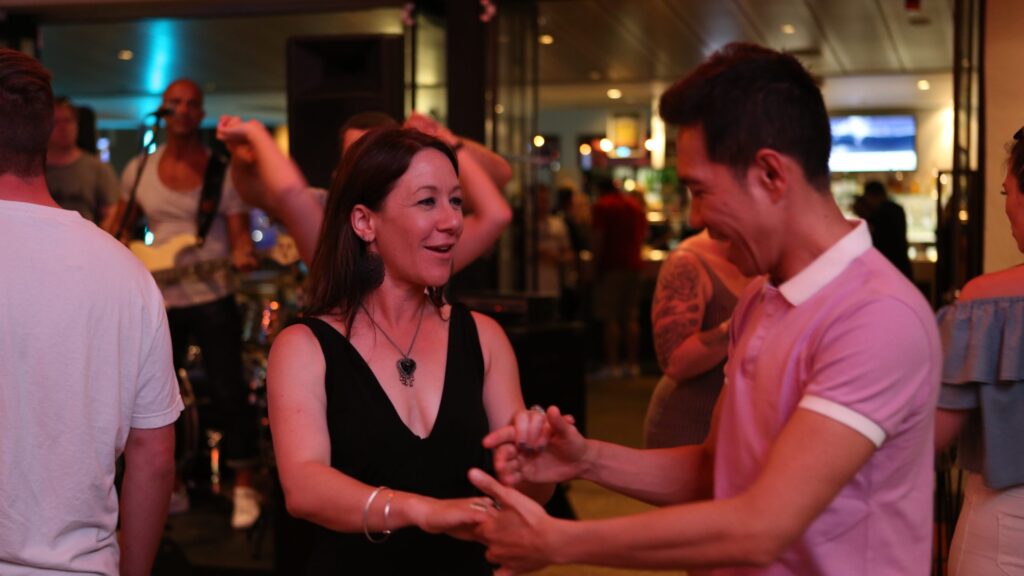Dance has been celebrated for centuries as an art form, captivating audiences with its beauty, grace, and storytelling. But beyond its aesthetic appeal lies a question that often sparks debate: Is dance a sport? While many view it primarily as an artistic expression, others argue that the physical and mental demands of dance firmly position it as a sport. Let’s delve into the athletic side of dance to understand why it can be considered both an art and a sport.

The Physical Demands of Dance
At its core, dance requires intense physical exertion, much like traditional sports. Dancers train rigorously to develop strength, flexibility, endurance, and precision. Ballet dancers, for example, spend hours perfecting their technique, which involves balancing on pointe shoes, executing high jumps, and maintaining impeccable posture. Similarly, hip-hop and breakdancers perform gravity-defying moves that demand exceptional core strength and agility.
Many studies have compared the fitness levels of dancers to those of athletes in disciplines like gymnastics and soccer. The findings reveal that dancers often exhibit comparable, if not superior, cardiovascular endurance, muscle strength, and flexibility. This level of physical conditioning underscores the argument that dance should be considered a sport.
Competitive Dance: Where Art Meets Sport
One of the clearest indicators of dance’s sporting nature is its competitive side. Dance competitions are held worldwide, with participants judged on their technical skills, synchronization, creativity, and stage presence. Events like ballroom competitions, hip-hop battles, and contemporary showcases often have criteria similar to those in traditional sports, such as scoring systems, time limits, and objective performance metrics.

Like athletes, competitive dancers dedicate countless hours to practice, refine their routines, and push their physical limits. They work with coaches, adhere to strict training schedules, and face immense pressure to perform at their best. This commitment to excellence mirrors the discipline and determination seen in traditional sports.
Mental Strength and Strategy in Dance
Beyond the physical demands, dance requires immense mental strength and strategic thinking. Dancers must memorize complex choreography, adapt to changing music tempos, and perform seamlessly under pressure. They also need to communicate emotions and tell a story through their movements, which adds a layer of mental engagement.
The mental resilience developed through dance is comparable to the focus and determination required in competitive sports. For example, a football player must anticipate their opponent’s moves, while a dancer must remain aware of their positioning and coordination with their partner or group.
Why the Debate Persists
The debate over whether dance is a sport often stems from its dual identity as both an art and an athletic pursuit. Critics argue that dance prioritizes aesthetic expression over competition, making it more aligned with the arts. However, proponents counter that many recognized sports, such as figure skating and gymnastics, also blend artistic and athletic elements.
Conclusion
Dance’s unique ability to straddle the worlds of art and sport is what makes it so captivating. While it is undeniably an expressive art form, the physical demands, competitive nature, and mental discipline involved in dance firmly establish its legitimacy as a sport. Whether viewed through the lens of artistry or athleticism, dance celebrates the remarkable capabilities of the human body and spirit, making it a pursuit worthy of both admiration and respect. Beyond the performance, dance also fosters a sense of community, encouraging personal growth, emotional expression, and resilience.
It cultivates perseverance and strengthens the mind-body connection, providing a powerful means of self-expression and connection with others. The ability to convey emotion through movement, combined with rigorous technique and training, makes dance a powerful and holistic discipline that transcends both the physical and emotional aspects of the human experience.
